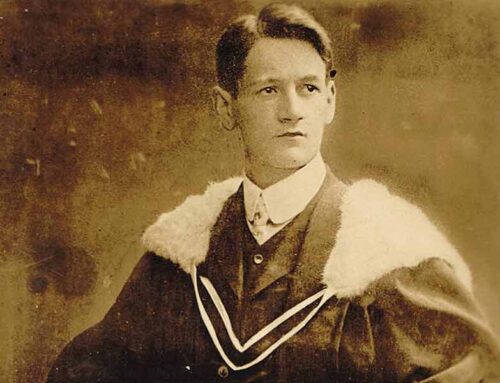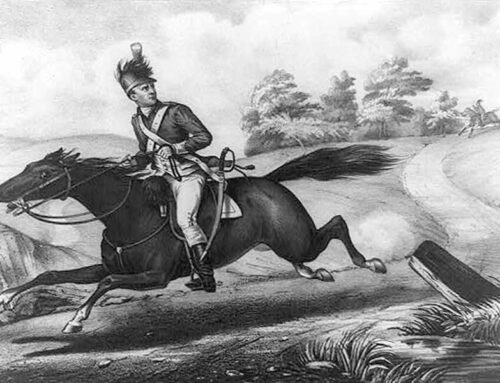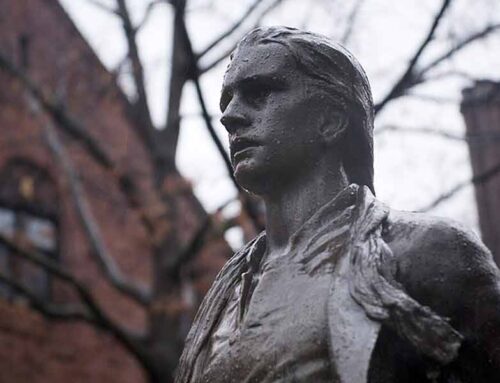By Nathan Johnson
The Conversion of Nathan Bedford Forrest, November 14, 1875
![]() he scoundrels of history, often looked down upon prematurely, are frequently found to shine in the moments that really count—thus they become the real heroes of the past. While the standard by which modern historians draw their conclusions may not be the divine law of God, they tend to dismiss the figure’s whole story entirely without giving them a second thought as to how their life may have changed in an unimaginable way.
he scoundrels of history, often looked down upon prematurely, are frequently found to shine in the moments that really count—thus they become the real heroes of the past. While the standard by which modern historians draw their conclusions may not be the divine law of God, they tend to dismiss the figure’s whole story entirely without giving them a second thought as to how their life may have changed in an unimaginable way.
Among the most controversial characters in American history is Confederate cavalry General Nathan Bedford Forrest. He is famously known for his fiery temper, unconventional battle strategies, and his alleged contributions to the early Ku Klux Klan organization in the post-Civil War south. He is less remembered for his unwavering sense of family honor, personal generosity, and protection of others. Least recalled, perhaps, is the fact that Forrest, like every person, had an eternal soul that God changed in an amazing way.
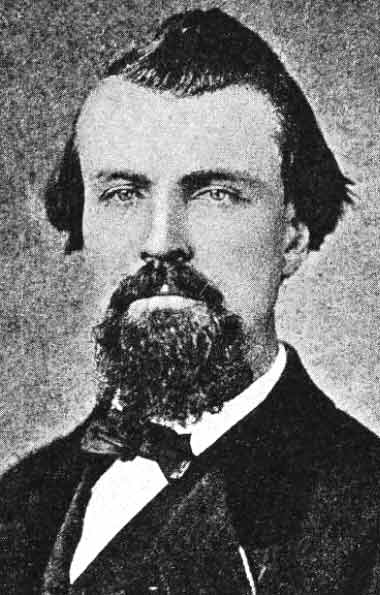
Nathan Bedford Forrest (1821-1877), sometime before the war
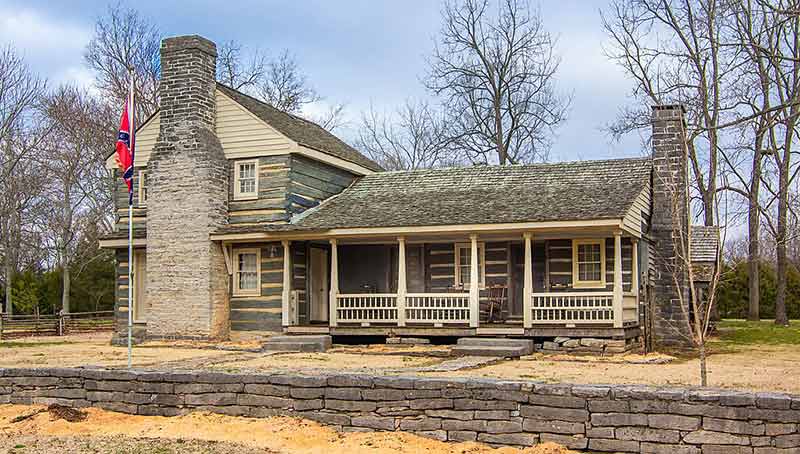
Forrest’s boyhood home as it stands today in Chapel Hill, Tennessee
Forrest grew up in the backwoods of central Tennessee as the oldest of 11 children of William and Mariam Forrest. Forrest was 13 when the family moved to Tippah County, Mississippi. There, William Forrest tragically died in early 1837, leaving the 16-year-old Bedford (as he was usually called) as the man of the home.
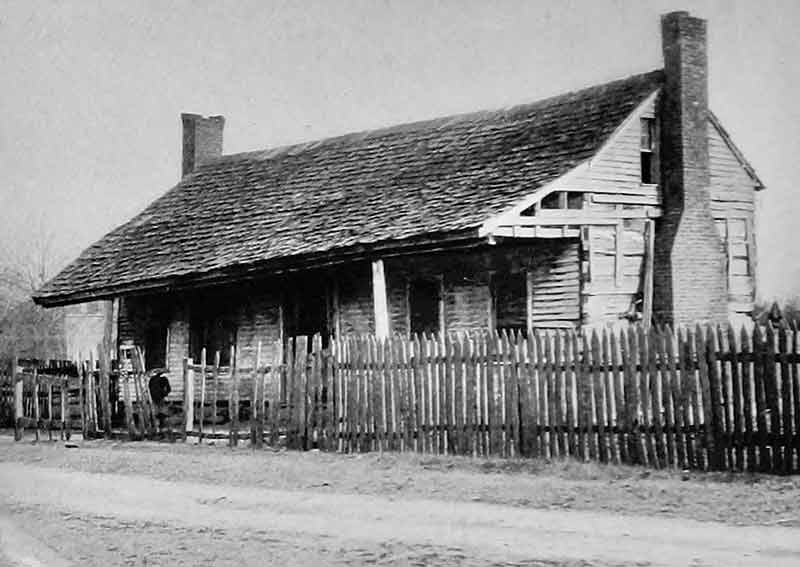
Forrest’s home in Hernando, Mississippi, photographed in 1902
Soon after the elder Forrest’s death, Mariam Forrest was suddenly attacked by a panther while riding home one evening from visiting a neighbor, wounding both Mariam and her horse. After shaking off the attacking predator, Mariam finished the journey home and related to her children what had just happened. Forrest grabbed his rifle and dogs and proceeded to track the panther that night, finally killing it and returning home with its pelt as a prize for his mother. He was fiercely loyal and committed to his family; and no one would dare to hurt his mother.
In his career before the Civil War, Forrest seemed to excel at three things: business, family honor, and violence. These three traits came together during his work with his uncle Jonathan in 1845. Forrest watched as Jonathan was shot and killed by four brothers who had a scruple with Jonathan over an unpaid debt. Forrest shot two of the assailants with a pistol and chased away the other attackers with a Bowie knife.
In an interesting providence, Forrest married Mary Ann Montgomery, who was under the legal guardianship of her uncle Samual Cowan, a Presbyterian minister. When Forrest expressed his desire to marry Mary Ann, Samuel was not impressed, for he knew of Forrest’s vices and reputation. Still, Forrest promised to provide for, care for, and love his Christian wife, and he eventually married her.
After trying many business ventures, Forrest found one that would end up making him wealthy and famous at the same time: he became a slave trader. This endeavor would lead him into Memphis, Tennessee, where he continued to earn more money, partner with other businessmen, garner fame and respect from the people of Tennessee, and gain the ire of modern historians.

A business card for one of Forrest’s pre-war business partnerships
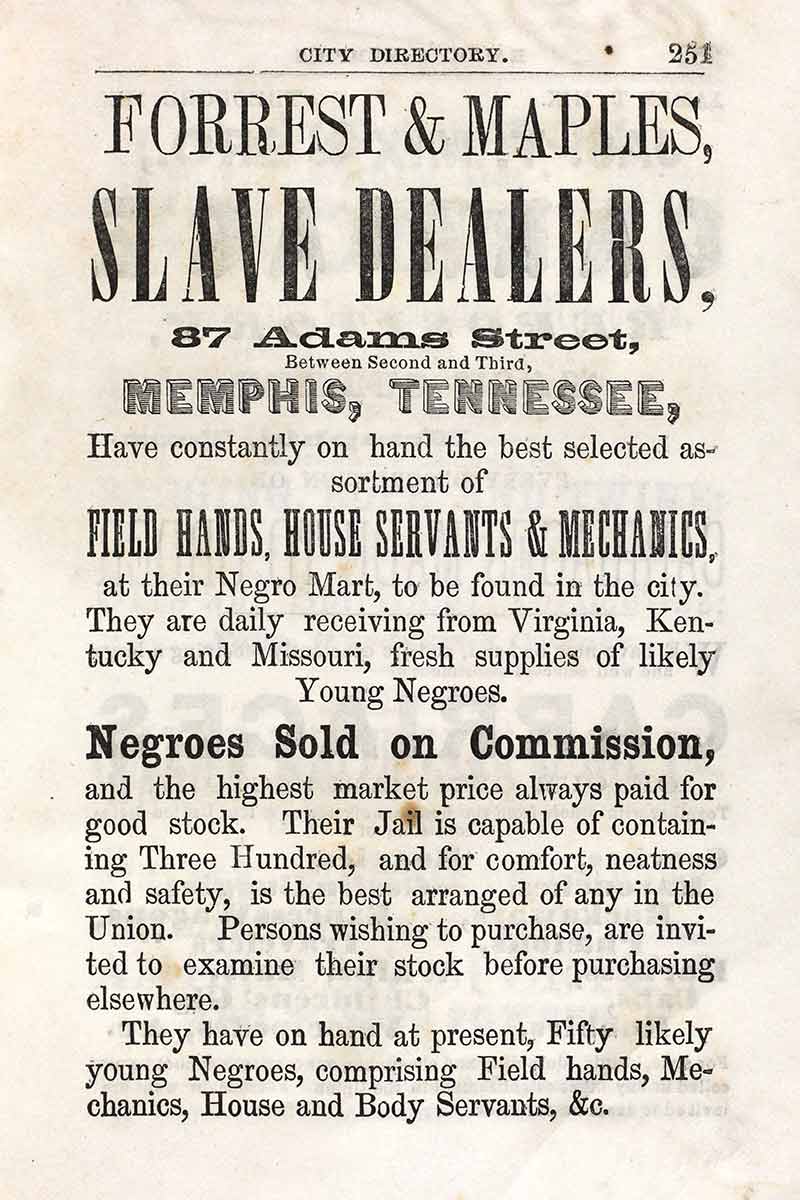
A poster advertising another of Forrest’s pre-war business partnerships
In 1861, when Tennessee seceded from the Union with the other southern states, Forrest saw it as his duty to serve his state, and enlisted as a Private in the cavalry for the newly-formed Confederate States of America. Forrest proceeded to raise and organize his own cavalry regiment, and rose to the rank of Lieutenant Colonel in May 1861. He would later move up through the ranks, ending the war as a Lieutenant General. He was the only soldier in the war to rise from the rank of Private to Lieutenant General.
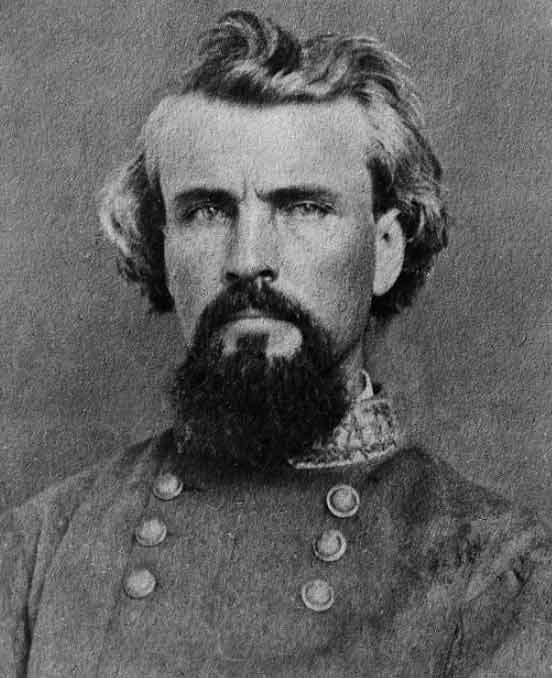
Forrest in Confederate uniform
Forrest went on to become one of the most feared and respected Generals in the Civil War. He quickly showed his strengths in being a remarkable leader of men. Although he had no formal military training, he became nearly unbeatable in battle due to his use of unconventional tactics: bluffing and fast-striking attacks. He was fearless and would lead his men from the front many times.
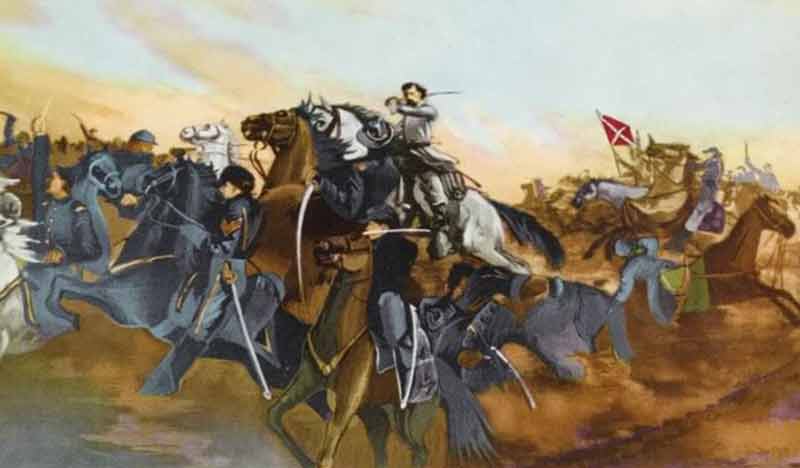
Forrest charging in the midst of his men at Bogler’s Creek, Alabama
As the war progressed, Forrest defeated multiple Federal armies, many larger than his own forces. Union General William T. Sherman was so frustrated with the nuisance of Forrest’s cavalry that he wanted Forrest to be hunted down at any cost. Sherman famously said, “That Devil Forrest must be killed if it costs 10,000 lives and breaks the Federal Treasury.” Forrest’s life was preserved time and again throughout the war. At the conclusion of the war, Forrest sent his men home rather than surrendering to the Federals. Shortly after Appomattox, when asked to name the greatest soldier produced on either side during the war, Robert E. Lee was said to have replied, “A man I have never seen, sir. His name is Forrest.”
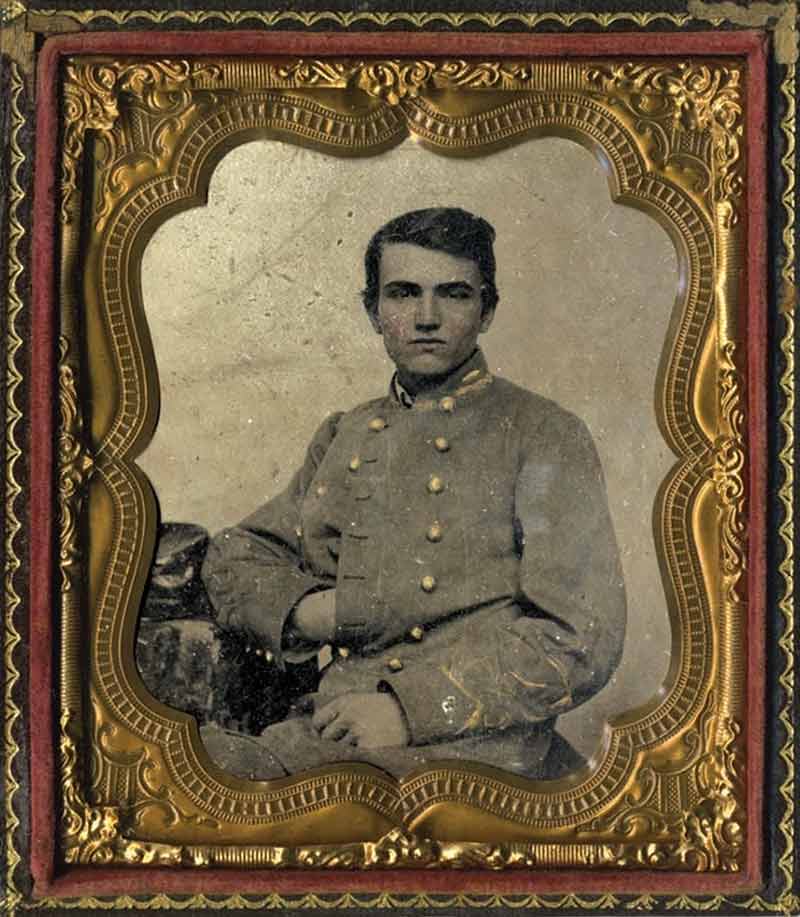
William Montgomery Bedford Forrest (1846–1908), son of Nathan Bedford Forrest, enlisted at 15 in the Confederate Army and served with his father throughout the war
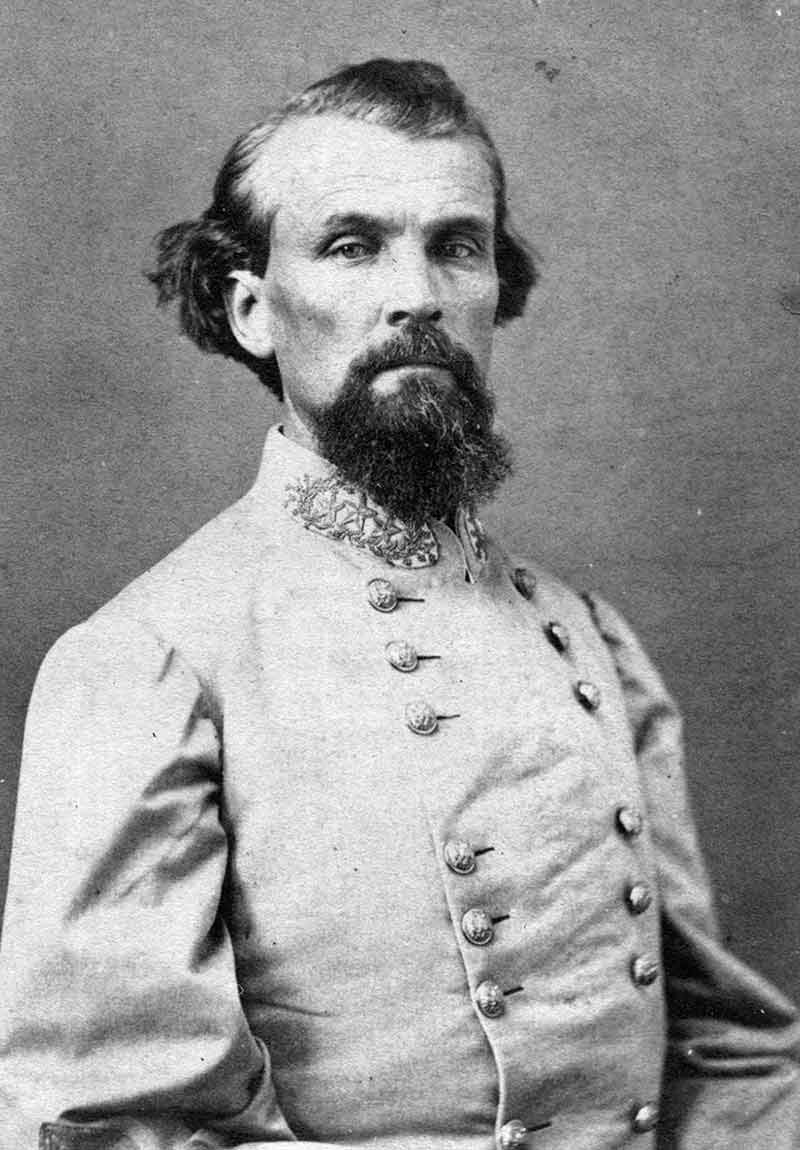
“That Devil ”Forrest
Throughout his life, Forrest had never seriously thought about the Christian faith. He wanted God’s influence and the prayers of others in his life when it meant a benefit for him in the temporal world, but he did not want to relinquish ultimate control of his life to God. By the 1870s, it was apparent that God had begun an earnest work in this man’s heart. In God’s Providence, Forrest met one of his former subordinate Colonels, Raleigh White, in the streets of Memphis, Tennessee. White had recently converted to Christ and was a Southern Baptist pastor. White’s testimony so moved Forrest that he asked White to pray for him. The two men entered a nearby bank lobby and knelt there as White prayed for his former commander.
God also used Forrest’s wife, Mary Ann, to influence his spiritual life. She never wavered from her Christian commitment and prayed daily for her husband. This godly example had a lasting effect on Forrest. Around the time that Forrest met Raleigh White in Memphis, Forrest began to accompany Mary Ann to Court Avenue Church, where Reverend George Tucker Stainback was the preacher.

George Tucker Stainback (1829-1902), Presbyterian minister and chaplain in the Confederate Army
On Sunday morning, November 14, 1875, Forrest was once again seated with his wife under the preaching of Reverend Stainback. The sermon was on Matthew 7:24-27, which is the parable of the two builders. The words of Christ in the text struck Forrest’s heart like a sudden light in a dark room:
“Therefore whosoever heareth these sayings of mine, and doeth them, I will liken him unto a wise man, which built his house upon a rock: And the rain descended, and the floods came, and the winds blew, and beat upon that house; and it fell not: for it was founded upon a rock. And every one that heareth these sayings, and doeth them not, shall be likened unto a foolish man, which built his house upon the sand: And the rain descended, and the floods came, and the winds blew, and beat upon that house; and it fell: and great was the fall of it.”
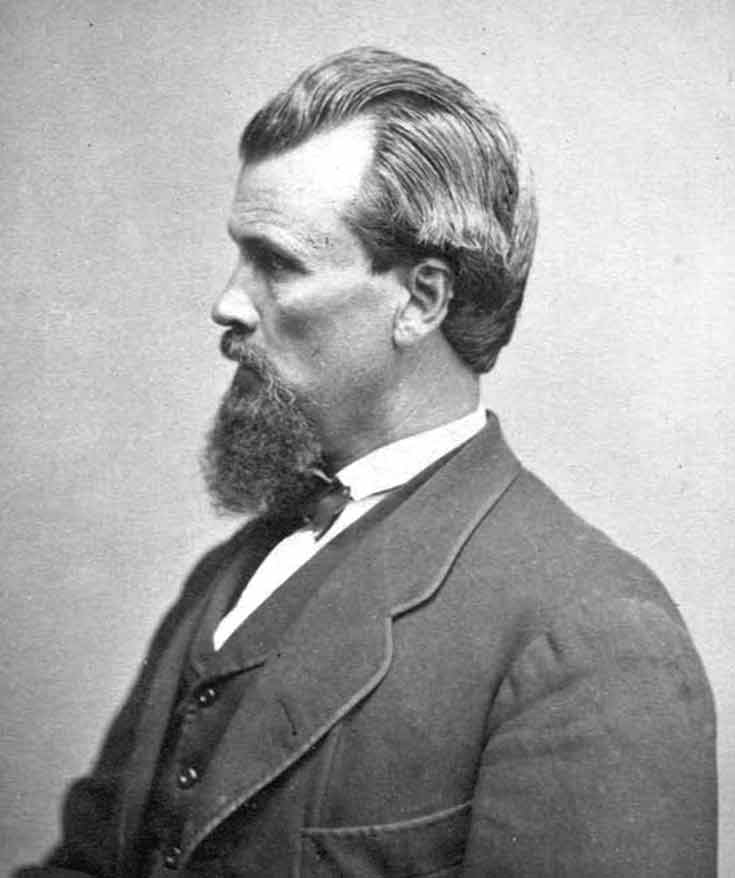
Forrest in 1868
Forrest finally saw that the “house” he was building in this world was built upon sand. He had vainly devoted his life to the pursuit of prestige, power, and money. After the service, Forrest went over to talk to Reverend Stainback. Stainback later recalled the next few moments:
“Forrest suddenly leaned against the wall and his eyes filled with tears. ‘Sir, your sermon has removed the last prop from under me,’ he said, ‘I am the fool that built on the sand; I am a poor miserable sinner.’”
Reverend Stainback sent Forrest home with the assignment to read Psalm 51 for further guidance from Scripture and said that he would visit him the next day. The next evening, Stainback visited Forrest to discuss the Gospel and to pray with him. After praying, Forrest said he was “satisfied” and that “all is right. I have put my trust in my Redeemer.” Forrest, who would never surrender to any man, had surrendered to Almighty God.
Although the exact words spoken during Stainback’s and Forrest’s prayer are not known, the reality of true conversion is evident as we see the fruit of a new spiritual life played out in Forrest’s actions and words in the coming months. This includes his speech to a civil rights organization for African-Americans, where he said, “I came to meet you as friends, and welcome you to the white people. I want you to come nearer to us. When I can serve you I will do so. We have but one flag, one country; let us stand together.”
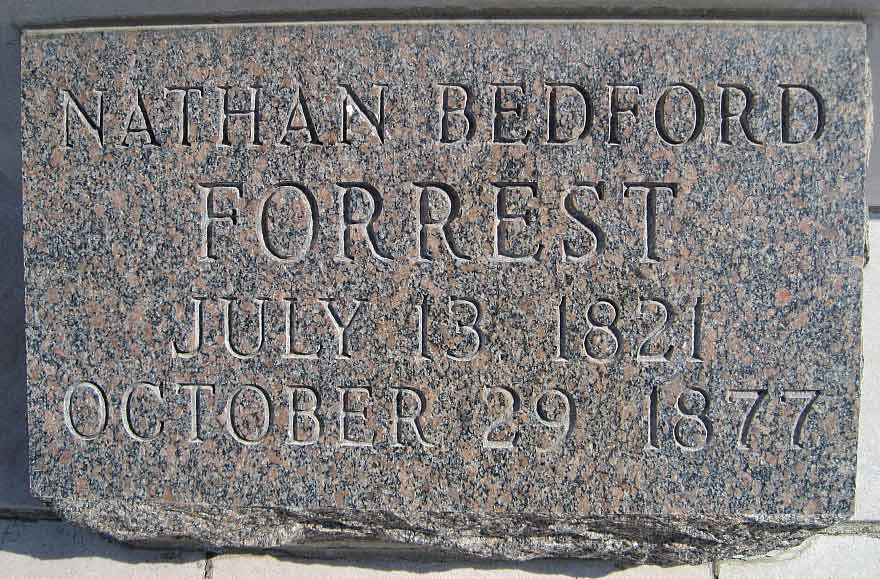
Grave markers of Nathan Bedford Forrest…
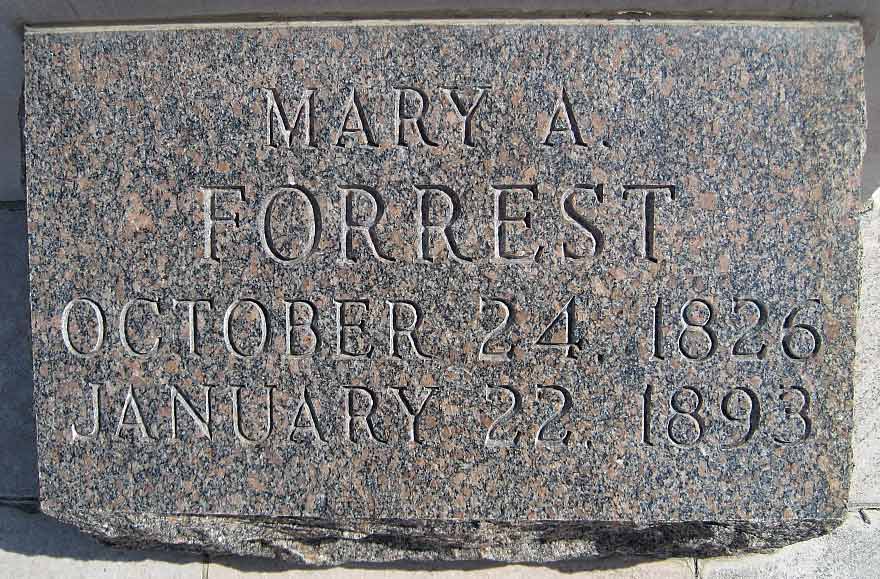
…and his wife, Mary Ann Forrest
Every story of the conversion of the human soul is a story of the impossible. As historian Shane Kastler said, “Many scoundrels in history have been thought to be beyond change, yet God shocks the world by orchestrating their dramatic conversion.” One cannot explain from a human point of view how the salvation of the soul is accomplished. How did the Apostle Paul change from a persecutor of the Church to an Apostle of Christ? How did Nathan Bedford Forrest find redemption? The only explanation is that these men were changed by God. God raised the spiritually dead soul to new life. This is the message: God has all the power to save even the most impossible sinners.
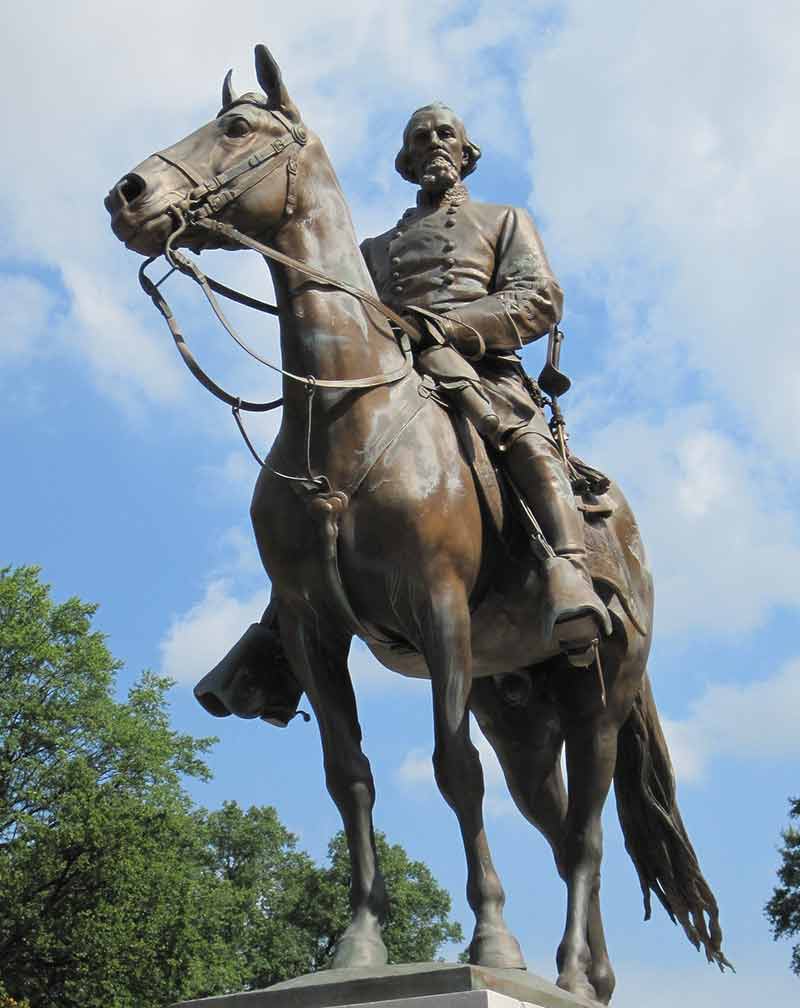
Memorial Statue to Forrest in Memphis, TN—the statue was removed in 2017 and the park wherein it stood (originally called Forrest Park in his honor) was first renamed Health Sciences Park and later Memphis Greenspace
Image Credits: 1 Forrest pre-war (wikipedia.org) 2 Tennessee Home (wikipedia.org) 3 Mississippi Home (wikipedia.org) 4 Business card (wikipedia.org) 5 Business poster (wikipedia.org) 6 Forrest in uniform (wikipedia.org) 7 Forrest in battle (wikipedia.org) 8 William Montgomery Bedford Forrest (wikipedia.org) 9 Forrest later in war (wikipedia.org) 10 Rev. Stainback (wikipedia.org) 11 Forrest in 1868 (wikipedia.org) 12 Nathan Bedford Forrest Gravestone (wikipedia.org) 13 Mary Ann Forrest Gravestone (wikipedia.org) 14 Bronze memorial (wikipedia.org)


